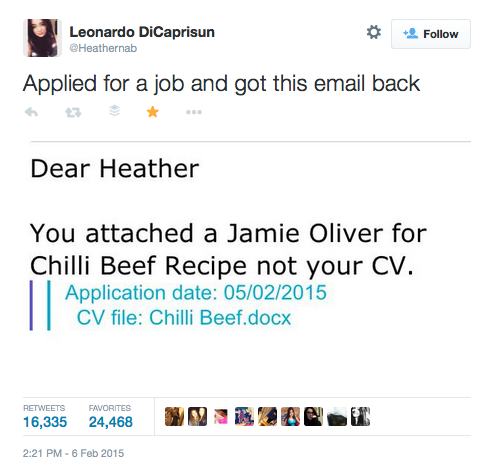

One of the main stumbling blocks for CEOs and business owners wanting to use social media is how to balance the personal with the professional.
A huge number of people are understandably fearful of revealing too much about themselves or of making a mistake that might make them look foolish or worse, cost them their jobs.
Some try to cover themselves with the 'this is my personal account' or 'these are my own views not those of my employer' caveat but that won’t help you if you mess up and it may actually give a false sense of security that you are somehow free to say what you like. You’re not, and it’s worth remembering that everything you say on social is effectively public and permanent. And the same goes for retweets not being considered endorsements; they often are so be careful.
This work/life balancing act is what puts many CEOs off using social media but frankly that’s a bit of a cop out and they are missing out on an important and extremely effective means of communicating with stakeholders.
So, if this is you, how could you overcome that fear?
When training or coaching people to ‘get social’, especially those with a high profile, we start by working out a clear strategy and then I often use a traffic light analogy.
Stop, look and listen
Before venturing out into the social space STOP and think about what you could share and what image you want to create.
In RED write down all the personal things you are not happy talking about on social media for example: where you live, what your children are called, when you go on holiday.
Next list some of the professional or reputational considerations you shouldn’t be doing on social – i.e. being critical of clients or your employees, posting offensive comments regarding sex, race, faith etc.
Then finally list types of behaviour or posts that you personally don’t like and wouldn’t want to be seen doing i.e. being overly promotional, bragging, talking about yourself all the time.
In GREEN highlight everything that you definitely could and should be sharing on a regular basis. Things that will make you look good professionally, content that relates to your area of expertise and types of content you could create or curate that would be interesting, relevant and useful to your clients or customers.
This is the safe stuff and you’ve already identified the more risky stuff but there’s a risk that being too rigid might appear a little bland or too corporate so you really need to add more colour and personality to your posts.
So next we look at the AMBER light. This is the one that’s a little more lively, a little off-brand and a lot more interesting. So think about how you can add that little something extra to your output.
Decide what you’re happy sharing about your personal life. You might be a passionate cook, a budding singer or a marathon runner. Or you might wish to promote a charity or cause of some sort. Something other than work will make you appear more rounded, more human and it will bring you into contact with others who share your passion.
Then lighten up a bit and think how you could brighten someone else’s day by sharing something that made you smile. It could be an observation, something quirky or gentle (non-offensive) humour.

Then work out how you can add the real colour. Think visual and share photos, videos, infographics. This is hugely important. We are visual creatures and good visual content is the key to making it work for you. And that doesn’t include those dreadful ‘grip and grimace’ corporate shots of guys in suits or bland stock-shots. Both are to be avoided. Be more creative.
Start engaging in conversations, commenting on things, building relationships and suddenly your Twitter feed, your company blog or Linked In posts would start to come alive.
Being too corporate and too safe is simply not going to work and you need to be human and take a few risks. But remember, you wouldn’t leap into a car and speed off without first learning to drive and understanding the rules of the road. So stop at that traffic light for a moment and work out what you are comfortable sharing and then you’re good to go.
For more from Sue Llewelyn read: 3 brilliant social platforms you probably haven’t used for business – yet
Disclaimer:
At Hiscox, we want to help your small business thrive. Our blog has many articles you may find relevant and useful as your business grows. But these articles aren’t professional advice. So, to find out more on a subject we cover here, please seek professional assistance.






